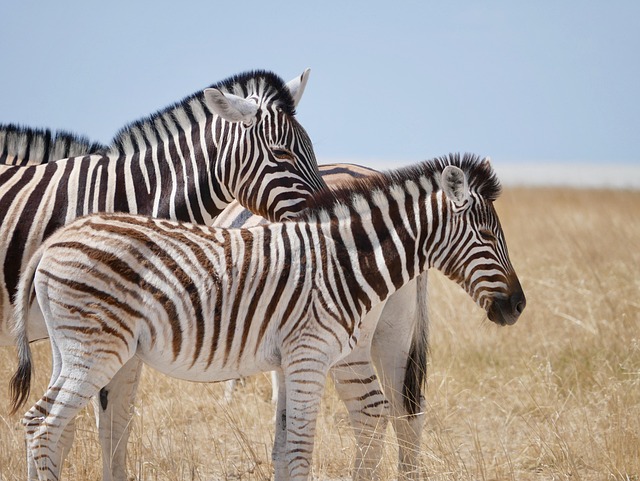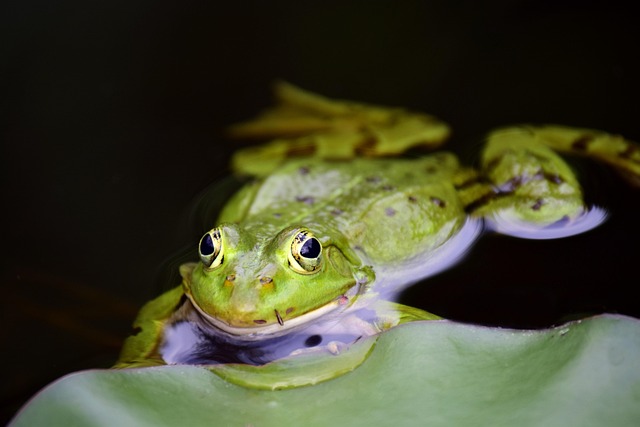
The Fascinating Diversity of Amphibian Groups in Nature
Exploring the Diverse World of Amphibian Groups
Amphibians are often seen as a bridge between the water and land, showcasing a fascinating diversity within their groups that captivates nature enthusiasts and casual observers alike. From the vibrant hues of poison dart frogs to the elusive habits of salamanders, these remarkable creatures reveal the intricate tapestry of life thriving on our planet.
Understanding Amphibian Diversity
Amphibians are generally categorized into three primary groups: frogs and toads, salamanders, and caecilians. Each of these groups exhibits unique characteristics and adaptations that help them thrive in different environments. This rich diversity not only speaks to the evolutionary history of these animals but also highlights their ecological significance in various habitats.
Frogs and Toads: Masters of Adaptation
The group of frogs and toads, known scientifically as Anura, is perhaps the most recognizable of all amphibians. With over 7,000 species worldwide, these animals display a stunning range of sizes, shapes, and colors. Some, like the common green frog, are well-adapted to urban environments, while others, such as the colorful tree frogs found in tropical rainforests, thrive in lush, humid ecosystems. Their remarkable adaptations, including skin secretions to ward off predators and the ability to camouflage, make them a vital component of their habitats.
Salamanders: The Hidden Gems
Often overlooked, salamanders belong to the group Urodela and are known for their elongated bodies and moist skin. A few species, like the Eastern Red-backed Salamander, can be found in gardens and woodlands, while others prefer the secluded, cool environments of caves or high altitudes. With fascinating reproductive strategies and a complex life cycle that includes both aquatic and terrestrial stages, these creatures offer a glimpse into the intricate relationships within ecosystems.
Caecilians: The Underground Dwellers
The lesser-known group of caecilians is a remarkable example of adaptation to a subterranean lifestyle. These legless amphibians resemble snakes or worms and are primarily found in tropical regions of Africa, South America, and Asia. While not as visually striking as their frog or salamander counterparts, caecilians play a crucial role in soil health and nutrient cycling, proving that even the most unusual creatures are integral to the planet’s biodiversity.
The Role of Amphibians in Ecosystems
Regardless of their classification, amphibians serve as indicators of environmental health. They are sensitive to changes in their habitats, making them crucial for conservation efforts and ecological studies. The diverse groups of amphibians are also vital for the food web, acting as both predators and prey, thus influencing population dynamics within their ecosystems.
Protecting Our Amphibian Friends
Unfortunately, habitat loss, climate change, and pollution threaten amphibian populations worldwide. As their natural habitats diminish, the rich diversity that these groups represent is at risk. By understanding their importance and advocating for their protection, we can help ensure that future generations can marvel at the splendor of amphibians just as we do today.
In essence, exploring the fascinating diversity of amphibian groups not only broadens our understanding of nature but also deepens our connection to the intricate web of life that surrounds us. Each group contributes uniquely to the overall health of our ecosystems, reminding us that every creature, big or small, plays a vital role in our world’s biodiversity.



